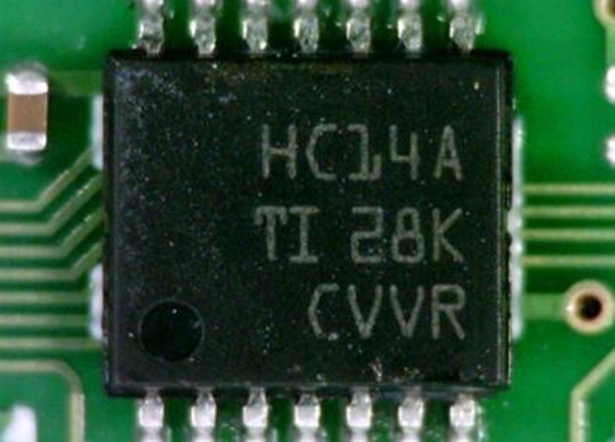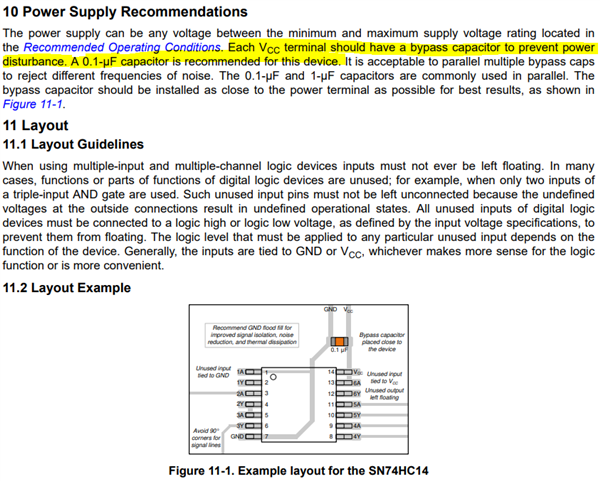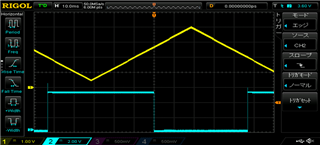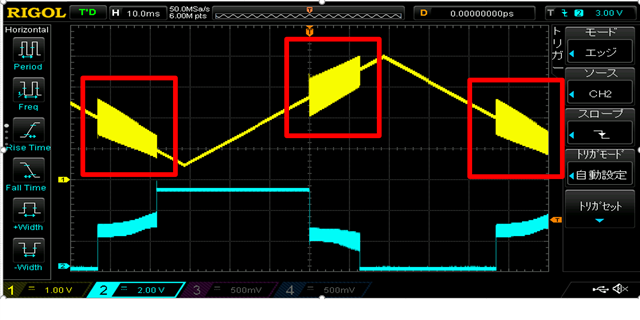Hi support team.
Recently, we have confirmed many individuals (5pcs, confirmed with multiple lot numbers) that behave abnormally in the products of the new process for which PCNs have been issued by our customers.
A similar phenomenon has not been confirmed even once in the product before the process change.
These individuals do not have an input Schmidt trigger function.
The data are shown below.
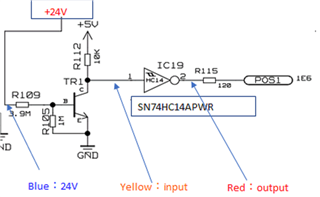
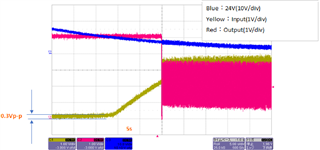
The output oscillates near the middle potential of VCC (approximately 2.5V) for a very slow rise of the input.
This is a common phenomenon in products without Schmitt triggers.
I don't know how to make sense of this anomalous phenomenon.
Could you please help me to find out the cause?
Best regards,
Higa


